Where to Stay in Paris: Breaking Down the Arrondissements
September 6, 2022
What’s your take on Paris?
Is it nice little bars and clubs or landmarks and museums that you’re looking for? Is it romance and reverie or exploration and adventure that you’re looking for?
Are you enthralled by iconic must-sees or a sucker for hidden passageways and corner cafes?
These are the existential questions you should ask yourself before tackling the most important planning question: where should I stay in Paris?
There are so many wonderful neighborhoods to choose from in Paris, divided into 20 arrondissements or districts. Because Paris is not a large city, you may quickly go from one location to another if you stay near the city’s heart, where the Mtro runs. Still, it’s best to pick a location that compliments your personality and enhances your stay. Here’s a quick rundown of the top neighborhoods in Paris to stay for your travels.

Where to Stay in Paris: Arrondissements Travel Guide
1st and 4th arrondissements: Louvre and le de la Cit
You won’t find a location more central than this. The 1st and 4th arrondissements include more monuments per square kilometer than any other city region. The list is topped by Notre Dame, Sainte-Chapelle, the Louvre, and the Tuileries Garden, although many additional attractions are nearby.
PRO: If you’re just in town for a few days, you can visit many of the major attractions on the hit parade without wasting time. It will also be quite convenient to go to and from the airport.
CON: Aside from landmarks and tourist sites, there isn’t much happening in this neighborhood, which gets very quiet at night. In addition, hotels are often crowded and pricey.
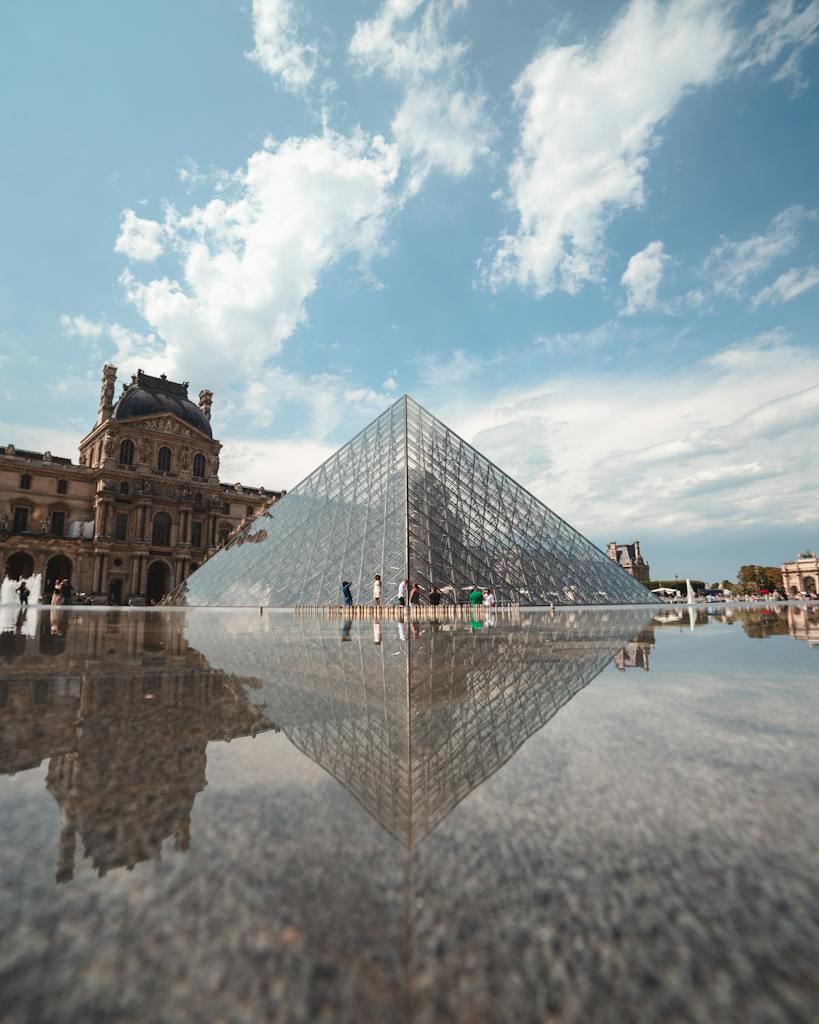
2nd and 9th arrondissements: Opra and Grands Boulevards
This neighborhood spans from the Tuileries to the outskirts of Montmartre. It isn’t particularly well-known for anything other than the Opra Garnier, but it is one of the city’s most up-and-coming areas, crowded with fine restaurants, interesting bars, and cafes.
PRO: There are many excellent small streets with fascinating shops, good food and drink, and gorgeous covered corridors to explore (imagine a 19th-century retail center).
CON: It’s not in the city’s heart, and there aren’t many prominent structures or museums. Some of the most popular nightlife avenues, such as rue Montorgueil, may become overbearingly busy with yuppies hunting for the best bites.
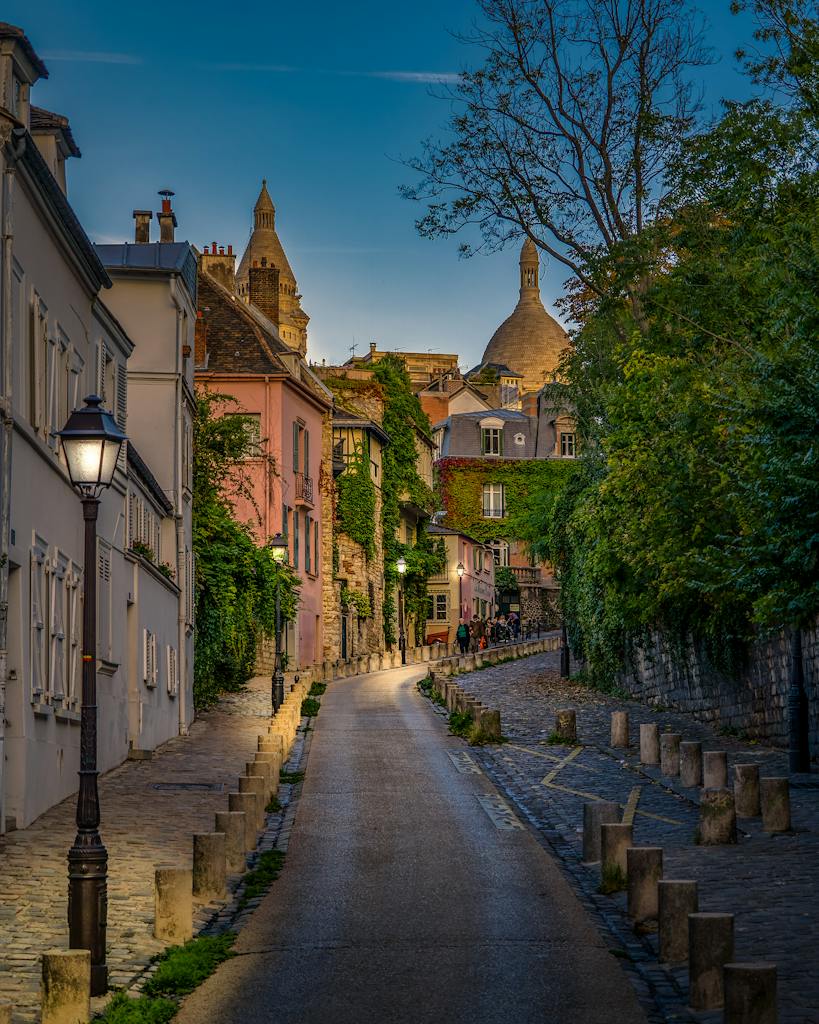
4th arrondissement: The Marais
You’ve certainly heard of this district for a good reason: it’s full of lovely renovated little palaces, grade-A museums, fashionable stores, and delicious restaurants. This is both a blessing and a tragedy because the neighborhood has lost part of the local flavor that made it so enjoyable in the first place.
PRO: Walking about is a visual feast, and there is no shortage of wonderful cuisine and lively cafes. This is the heart of the LGBT scene in Paris, with many bars and clubs available to anyone. Some of the city’s best local museums (Picasso, Carnavalet) and a fantastic selection of boutique hotels can be found here.
CON: Because the Marais are so popular with hip tourists, English is frequently spoken in cute cafes and restaurants. There are a lot of apparel boutiques; however, there aren’t many bakeries or supermarkets. While the district is at a central location, public transportation is not as abundant as it is in other parts of the city.

18th arrondissement: Montmartre
This former village was once a posh hangout for artists and thinkers, but it’s now a charming neighborhood immortalized by the now-classic 2001 film Amlie. Winding alleys and wonderful vistas abound up on a hill above the city, as do tourists in certain overhyped spots (like the Place du Tertre).
PRO: The abundance of opportunities to swoon over the gorgeous squares and streetscapes will delight hopeless romantics, while their hip companions will be able to find plenty of charming boutiques and pubs. If you can get away from Sacr-Coeur, this is a peaceful area away from the crowds.
CON: It’s a long way from the city core. Aside from the packed Sacr-Coeur, which you should probably avoid, you’ll need to allow additional time to visit the major sites and museums. Expect to work your quads trekking up that hill to get to your lodging.
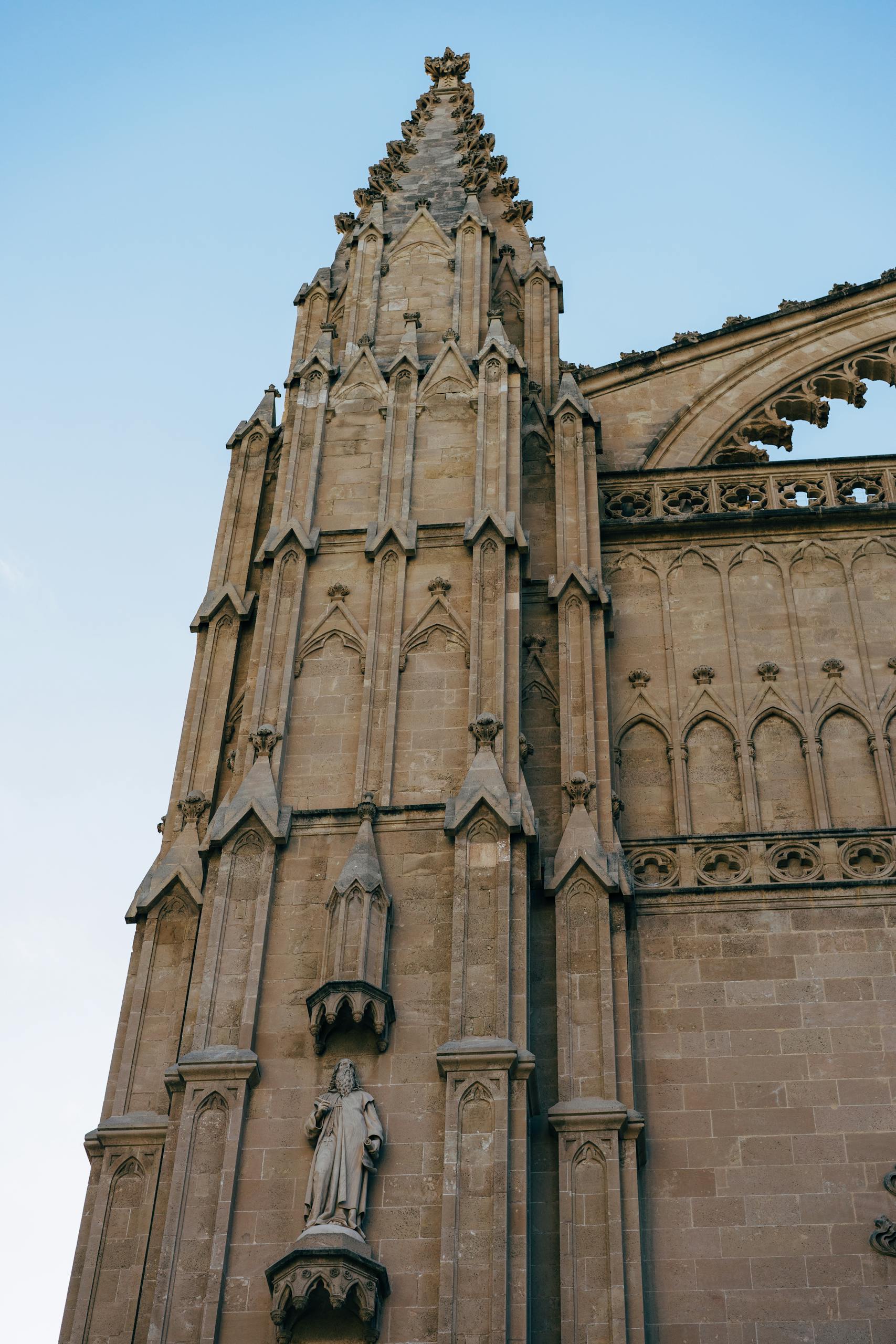
8th and 16th arrondissements: Champs-lyses & Trocadro
The attractions of this ‘hood, which also includes some top-notch museums, are massive monuments and high-end hotels. The Champs-lyses, the city’s most famous and largest boulevard, is a river of asphalt and grandeur that runs alongside the Arc de Triomphe and spills out onto the Place de la Concorde. This is the Beverly Hills of Paris, and it comes with a price tag to match.
PRO: There are numerous excellent museums, excellent window shopping, and wonderful palace hotels for those who can afford them. Despite its remote location, the Passy sub-neighborhood is a high-class village with cute walking market lanes and smaller hotels. There is plenty of elegant nightlife on and around the Champs, where the stores are open on Sunday.
CON: A very low realism quotient, except Passy, particularly on the Champs, where huge groups of tourists accompany enormous brand-name stores. Even in the smaller hotels, prices are expected to be high. Because it’s a bit outside of town and away from the Champs, it’s very quiet at night.
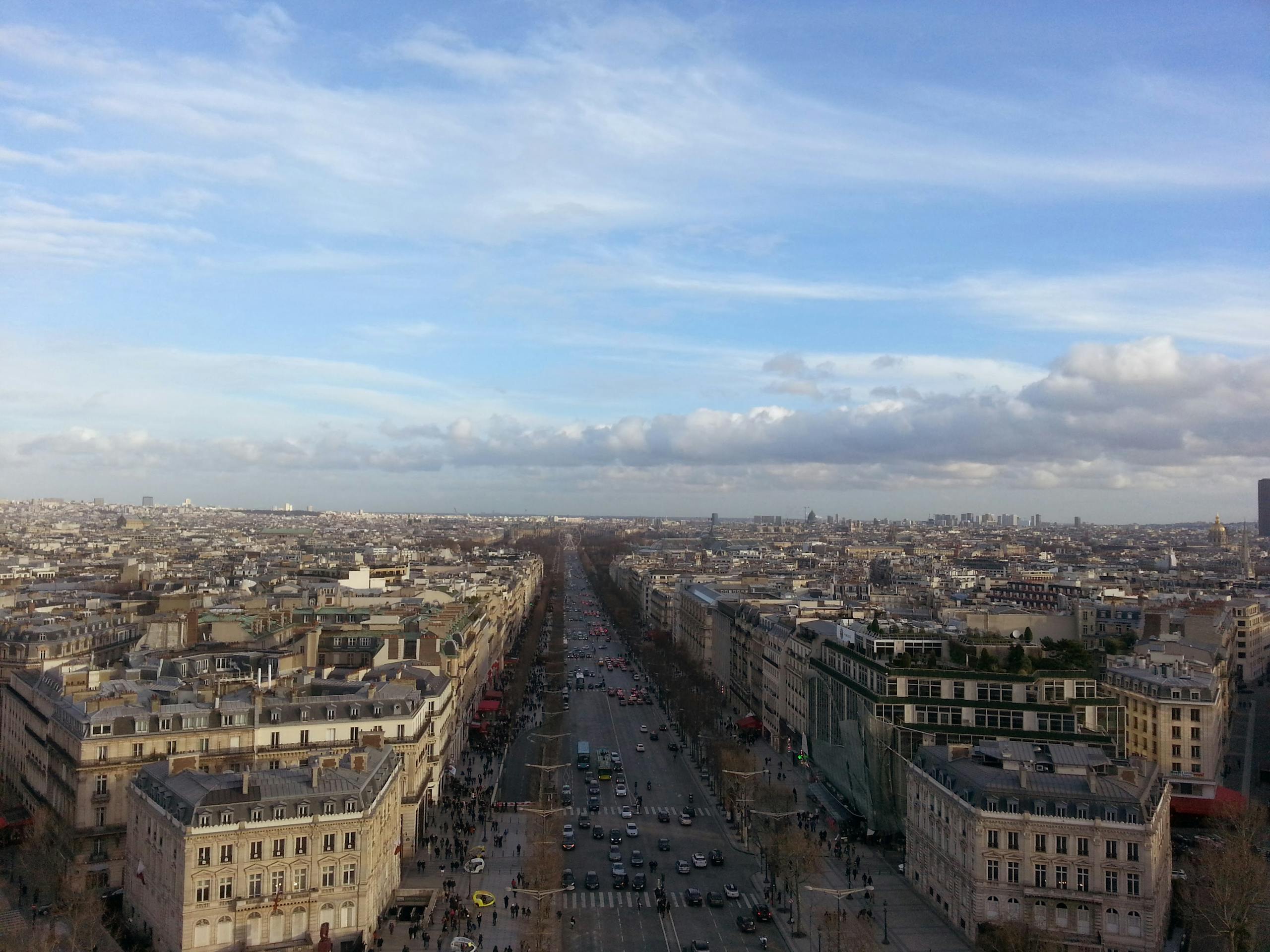
11th and 12th arrondissements: Rpublique and Bastille
While not as attractive as its western neighbors, this zone outperforms them in terms of energy and youthful vigor. There are plenty of clubs, cafes, restaurants, and theatres, as well as a certain down-to-earth vibe that is becoming increasingly rare as the city gentrifies. The two massive plazas, Rpublique (shown above) and Bastille, are recognized for their revolutionary history and are still the starting locations for the numerous manifs (or protests) that swarm the boulevards regularly, voicing various societal grievances.
PRO: One of the few areas of Paris where you can still find inexpensive accommodations, as well as many excellent eateries and nightlife alternatives. This region, which retains its plebeian past, allows for encounters with ordinary people and may provide a more authentic taste of Parisian life than elsewhere. It’s close to the much hotter and more exciting Mnilmontant and Belleville (seen on the next slide), but it’s closer to the city centre and easier to get to.
CON: There are few monuments, museums, or tourist sites in the area, and getting to those in nearby neighborhoods is a hike. The architecture is not up to pace with some of the swankier neighborhoods to the west in terms of aesthetics. And finding peace and quiet in this busy and metropolitan section of town isn’t always easy.
10th, 19th, and 20th arrondissements: Belleville and Canal Saint-Martin
Despite its rapid gentrification, this working-class neighborhood retains enough of a quirky, bohemian vibe to attract artists, musicians, and young people of all stripes to its fashionable eateries and cafes. Hotels range from quirky and contemporary to downright cheap, with a couple of massive youth hostels for backpackers. The Paris-Est station and the Gare du Nord, which handles Eurostar trains to London, are located on the 10th.
PRO: The Canal (shown above), which is lined with cafes, is a beautiful area for strolls on sunny days, and there are plenty of quirky clubs and pubs nearby to keep you entertained at night. The neighborhood has an untouched, ordinary-people vibe to it, which is a welcome departure from the affluent and polished tourist neighborhoods.
CON: It’s a long walk from the town centre, and there are fewer lodging options. You won’t be gushing over the architecture, and there are no noteworthy monuments other than the Pre-Lachaise cemetery. It might be a better place to spend a night out rather than a base for exploring the city.
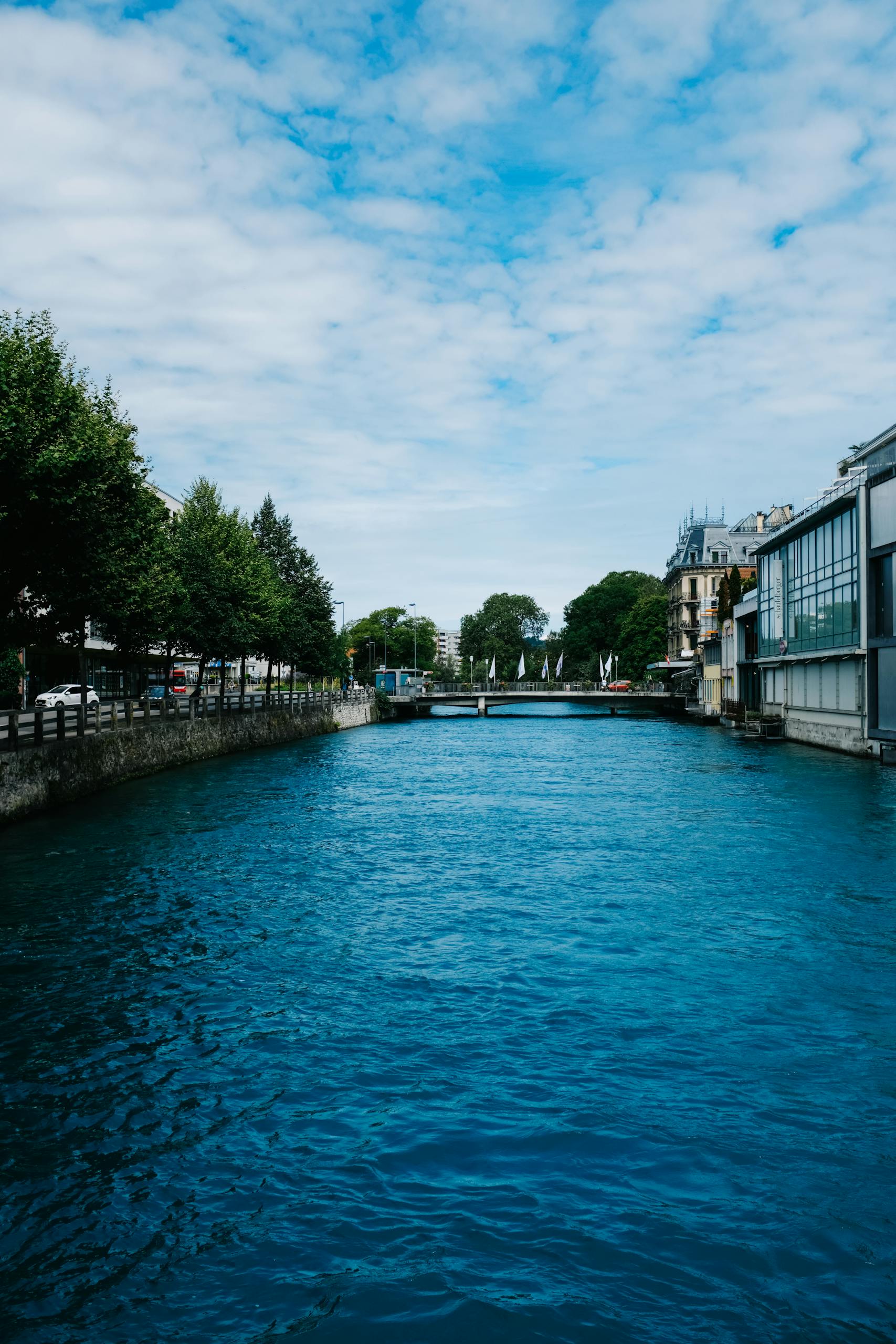
5th arrondissement: Latin Quarter
Students have flocked to this region for centuries and continue throng several universities’ halls here, including the Sorbonne. Despite the influx of tourists in the streets surrounding Place Saint-Michel, they’ve helped to maintain the neighborhood “genuine.”
PRO: A great location in the heart of town, with easy access to other parts and a nice selection of more-or-less reasonable housing and dining options. Even if rue Mouffetard has become a bit touristy, it still contains good food shops and restaurants and several charming streets with bookshops, marketplaces, and businesses with reasonable prices. The Jardin des Plantes adds a welcome splash of greenery to the area.
CON: There is a tangle of tourist-clogged streets along the Seine, including Rue de la Huchette. There aren’t many organized tourist attractions (though Notre-Dame is close by) or many stylish boutiques. If you’re looking for elegance, you’ll want to move west.
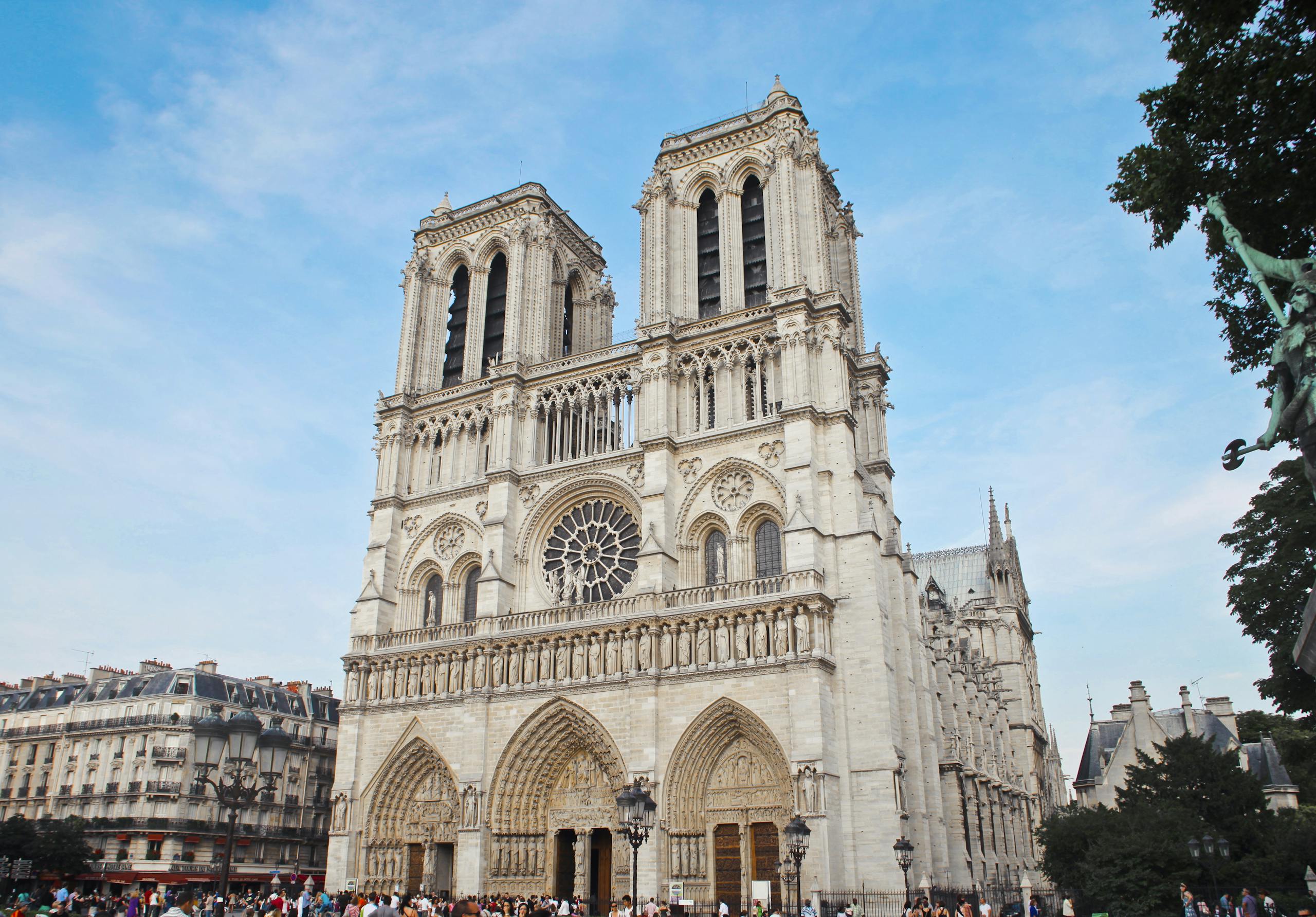
6th arrondissement: Saint-Germain-des-Prs
While rents have risen dramatically since the days when intellectual luminaries such as Sartre and de Beauvoir visited the neighborhood cafes, there is still a cerebral vibe in the air. These streets are still home to publishers and editors, and important universities can be found nestled in the back streets. Aside from the nerds, it’s a beautiful city with many stylish boutiques.
PRO: The hotel has a terrific location, excellent food and drink, magnificent buildings, and convenient access to the Luxembourg Gardens. There are major and small museums nearby (including the Muse d’Orsay) and opportunities for emotional walks along the Seine.
CON: Price. This posh neighborhood is so popular that even small hotels with little rooms may charge high prices. You won’t see many working-class people and might feel the urge to double-check your hair before going out among the stylish crowds.
7th arrondissement: Eiffel Tower
One of the factors why so many tourists prefer to stay here is because of the Iron Lady’s long neck, which can be viewed from many sections of the neighborhood. This is one of the city’s biggest neighborhoods, with plenty of stately buildings and tons of stores, thanks to the Eiffel Tower, the Invalides, the Rodin Museum, and many ministries and consulates.
PRO: There are major landmarks and museums within walking distance, photo opportunities aplenty, and various lodging alternatives ranging from opulent to plebeian. There’s excellent food on and around rue Cler and rue Saint-Dominique; the Champs-de-Mars is ideal for picnicking.
CON: This region is not in the city Centre, despite the number of monuments. You won’t encounter many local Parisians unless you enjoy hobnobbing with diplomats, but you will hear a lot of English, especially near the Tower. The streets are dead after dark, so you’ll have to whoop it up elsewhere.

6th and 14th arrondissements: Montparnasse
The overwhelming prominence of the Tour Montparnasse, the city’s lone skyscraper, often scares tourists away from this ancient area. However, if you look around, the district’s allure grows on you, especially if you have a train to catch or want to shop without breaking the bank.
PRO: Affordable hotels, a fading breed, and tasty meals at fair rates may be found in this area (especially if you like crepes). On rue de Rennes, many European chain stores and a retail center near the train station (which serves Bordeaux and other southern French areas) exist. The melancholy Montparnasse cemetery, as well as the famed cafes where Henry Miller and Ernest Hemingway once drank themselves crazy, will appeal to romantics.
CON: Due to the tower and other architectural monsters around the station, it is a little less central and artistically pleasant than other parts of the city. This is not the quietest of neighborhoods due to its large business quotient. There are few notable tourist attractions or museums in the area.
Discover more destination guides from Europe from my Summer 2022 trip!
Island Hopping in Greece – All You Need to Know
Discover the Cave City of Cappadocia: Travel Guide
Istanbul City Guide – Pack Your Bags and Go!
© copyright 2024 Congologie Studios